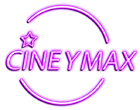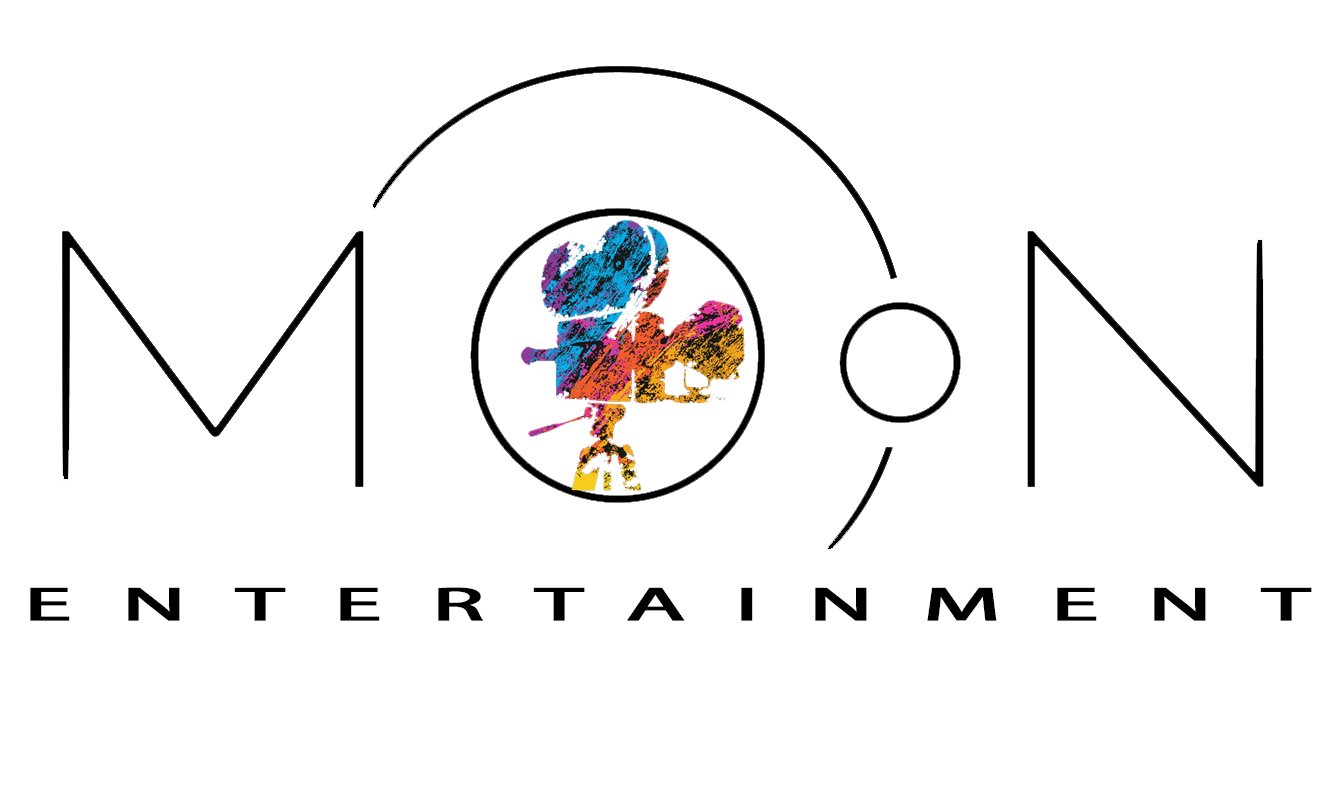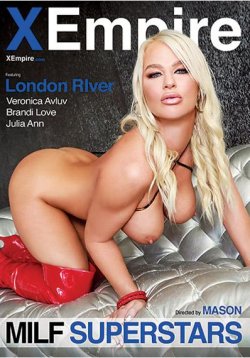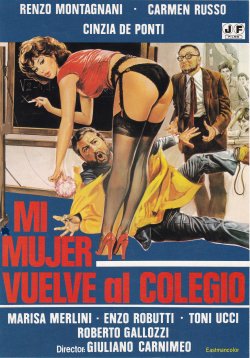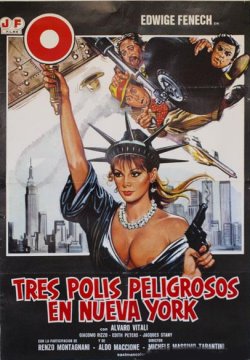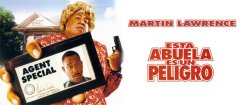 INFORMACIÓN EXCLUSIVA
INFORMACIÓN EXCLUSIVA
After several setbacks, including one of the largest recessions in global history, Don Cheadle’s MILES AHEAD finally locked down partial financing before turning to IndieGoGo to raise the funds to make up for the shortfall. “It actually felt right that we used a social platform to complete the film,” observes Cheadle, “since Miles was someone who made ‘social music.’”
The stop and start financing, however, was not the only hurdle for the low-budget project. Many of Cheadle’s co-stars in the film, including Ewan McGregor, Michael Stuhlbarg and Emayatzy Corinealdi, had limited windows of availability before they had to depart for other commitments. “We only had Ewan and Michael for three weeks and Emayatzy for three weeks, so we had to complete all their sequences in the film during that period,” says Cheadle. “We had to get it right the first time. No second bites of the apple.”
Though set mostly in New York, MILES AHEAD was filmed mostly in Cincinatti, Ohio and Cheadle commends the city filmmaking commission for “pulling out all the stops. Only three features have ever been shot there and we were very lucky because they had recently wrapped Todd Haynes’ film Carol and they were in a good place. Still, there were days when we had two cameras and only one operator available, because the other was working on another project. We also didn’t have use of the Steadicam for the first week. But fortunately everyone was totally committed.”
Producer Pamela Hirsch also has kind words for Cincinatti’s film commission, particularly its cooperation during one of the film’s set pieces, a frantic car chase. “We knew it was going to be challenging,” says Hirsch, “but when you want to take over the streets, it helps to have a city that is happy to have you there. It just makes it easier.”
Given the complexity of the sequence, it had to be completely planned out on storyboards, she says. “It was all there on the page and we knew the stakes, the pace and the action and, like much of the film, we wanted to push the envelope,” says Hirsch. “And to do that, first we had to carefully map it out.”
“Don knew it was going to be complicated, so he arrived well prepared and hired the right team and had a lot of trust in them,” says Hirsch. “It was a passion project across the board and Don was one-hundredpercent open to ideas. It was a completely creative environment from top to bottom.”
Cheadle and Baigelman’s script was visually oriented and keyed to certain music cues, which made for a unique read, according to Hirsch. “The script was like a piece of music. I would get calls from crew members telling me that when they read it in conjunction with the piece of music that would be used, it changed the whole experience. It enabled them to visualize the pacing of the script because everything flowed like a piece of music.”
The sound of the film is rich and layered and seamless, says Hirsch. “Anytime you have Miles Davis scoring a movie, you’re in the hands of a master.” In addition to Davis’ compositions, the underscoring includes original music by Glasper and sound design by Lievsay that flow effortlessly around and through each other.
As an entertainment, Hirsch concludes, MILES AHEAD is engaging and enjoyable purely as filmmaking, a treat both for aficionados of Miles Davis’s life and music as well as audiences who know very little about him. “Don has created a film that is truthful to Miles’ spirit, a film he would have starred in. He was a complex character who lived a fascinating life, and it’s all in there.”

![]() CRITICA
CRITICA![]() CLIPS
CLIPS ![]() CÓMO SE HIZO
CÓMO SE HIZO![]() VIDEO ENTREVISTAS
VIDEO ENTREVISTAS![]() AUDIOS
AUDIOS![]() PREMIERE
PREMIERE